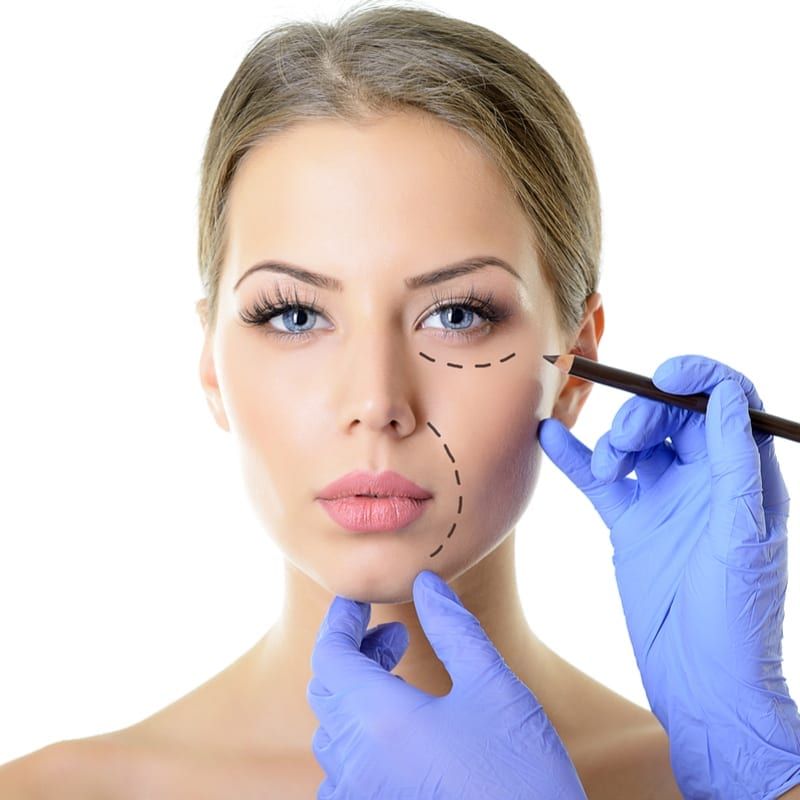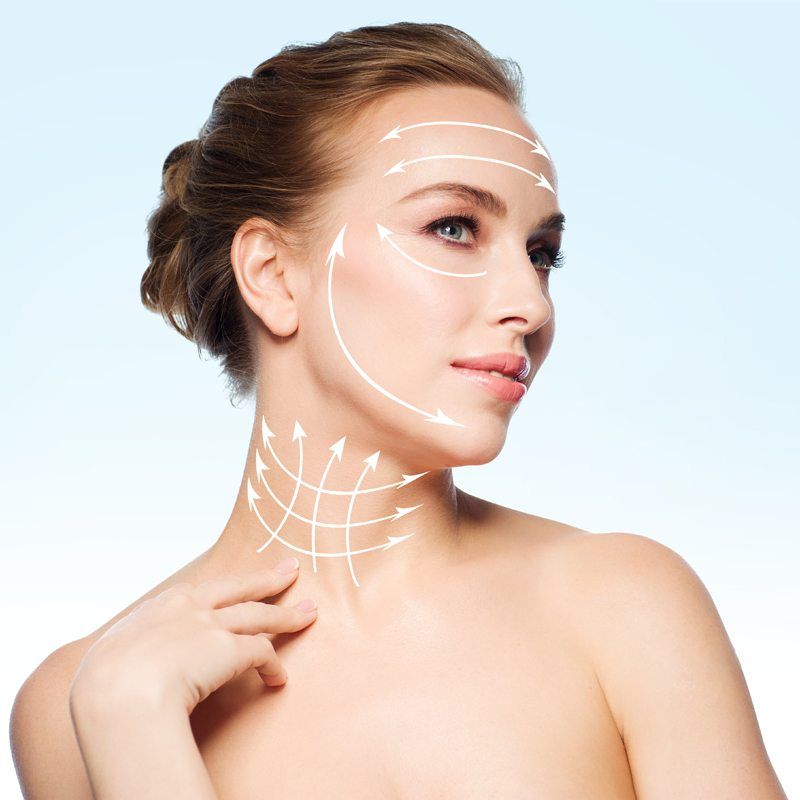In the United States, injuries to the eyes and eye socket are unfortunately common place. Eyelid laceration, tear drain injuries, bleeding within and bruising around the eye, and fractures of the bones of the eye socket can all occur. These injuries often occur from sporting activities like baseball, soccer or football. In addition car accidents and fist fights are other common causes. Trauma to the orbit and eye area most often results in bruising followed by fractures of the orbital bone blowing out into the surrounding sinus. Since the bones of the eye socket done move like your arm or leg, they don’t all need to be fixed. Fractures causing double vision or large fractures into the sinus should typically be repaired in a timely fashion. Sometimes this is not possible but late repairs, despite being more difficult, can still be done.
Sometimes trauma is severe enough to irreparably injure the eye. Along with diseased eyes that are blind, painful and disfiguring, the removal of an eye (enucleation) is indicated when the eye can not be salvaged. Reconstruction of the eye socket to prepare it for a prosthetic eye typically leads to a very pleasing result in addition to the benefits of removing the blinded eye or diseased, painful eye. Finally, eye socket that have already had the eye removed may also experience problems and need regular examinations and further reconstruction.
Who Should Treat Orbital Disease?
The orbit is a small, compact and complex structure. Oculo-Facial surgeons have undertaken the extra training to deal with the nuances of treating orbital disease and injuries. When choosing a surgeon to evaluate and treat your orbital problem, look for an ophthalmic Facial plastic & reconstructive surgeon who specializes in the eyelid, orbit, and tear drain surgery. Member of the American Society of Ophthalmic Plastic and Reconstructive Surgery (ASOPRS) have the extra training required to care for these problems in children and adults. Membership in ASOPRS indicates your surgeon is not only a board certified ophthalmologist who knows the anatomy and structure of the eye and orbit, but also has expertise in ophthalmic plastic reconstructive Surgery to appropriately care for your problem.







